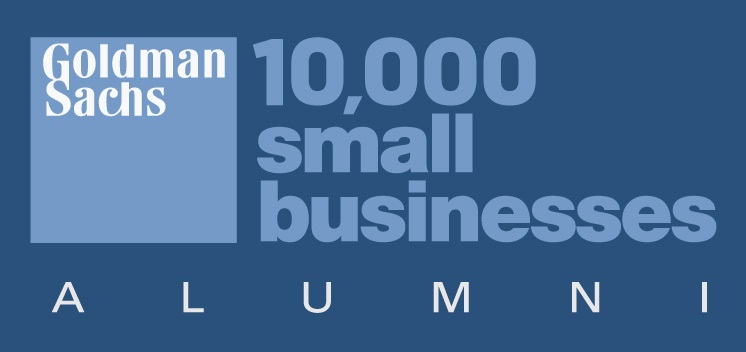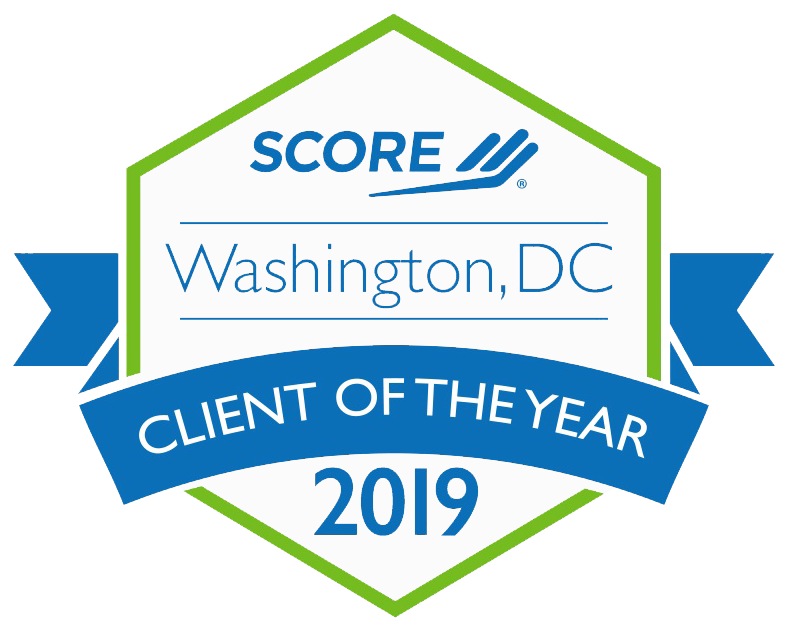I.D.E.A.s in Fundraising
Inclusion: the practice or policy of including and integrating all people and groups in activities, organizations, political processes, especially those who are disadvantaged, have suffered discrimination, or are living with disabilities.
Diversity: the inclusion of individuals representing more than one national origin, color, religion, socioeconomic stratum, sexual orientation, etc.
Equity: the quality of being fair, impartial, or just.
Accessibility: the quality of being usable, reachable, obtainable, understandable.
I.D.E.A. Planning Considerations
Perhaps your organization is new to I.D.E.A. concepts. Creating a plan to move your organization forward is the first step. Start by convening groups of stakeholders just as you would for a strategic planning session – beneficiaries, staff members, board members, donors, and partners. Then initiate a session based in listening. Ask questions that create open dialog about how people perceive the policies and procedures of your organization.. How inclusive, diverse, equitable, and accessible are they? What strategies would they employ to improve the I.D.E.A. score of the organization? Then start prioritizing and implementing these strategies. Some may require a major overhaul and a long-term objective, while others might be implemented quickly and without many resources. Create a timeline alongside the plan to meet certain milestones and charge a variety of team members with bringing your goals to life. No matter your specific plans, work toward an internal culture to embrace I.D.E.A.s and set a course for continuous improvement rather than a distinct finish line.
I.D.E.A.s and Leadership
As nonprofits assess their organization’s levels of inclusion, diversity, equity, and accessibilty, it is often easiest to start with a board and executive level review. Does the board and executive leadership reflect your organization’s participants and beneficiaries? Does it reflect your donor base? Does it reflect where you’ve been or where you are striving to be? While many foundation funders ask the percentage of board members that give, some are also now taking I.D.E.A. principles into consideration and placing more weight on the board make-up being reflective of the audience you serve.
Donor I.D.E.A. Promises
In many ways, fundraising is based on relationships. In order to have strong relationships, organizations must invest in truly knowing their donors. This includes the principles of I.D.E.A. In order to understand donor motivations, organizations often use a tool such as an ‘audience persona creator’ which looks at data in your database and creates a ‘picture’ of a typical donorbased ona variety of motivations. As you assess your donor base, how diverse are your donors—not just ethnically, but also in background, beliefs, and propensity to give? Do they have strong peer networks? (Some supporters lend themselves to this kind of peer-to-peer opportunity better than others.) In terms of accessibility, have you tested your donation platforms on a variety of mobile or screen reading devices? What about the language you use; is it accessible to non-native English speakers? Making a promise to a donor to be a good steward of their money and their information starts with respecting their place in the inclusion, diversity, equity, and accessibilty spectrum.
TAKE ACTION TODAY!
Assess your current level of inclusion, diversity, equity, and accessibility. Create an ongoing improvement plan. Establish benchmarks, and start moving the needle toward I.D.E.A. growth one step at a time.
Inclusion, Diversity, Equity, and Accessibility: What’s the Big I.D.E.A.?
RBW Strategy can help your organization develop a strategic team development plan. Learn more about our solutions here.







